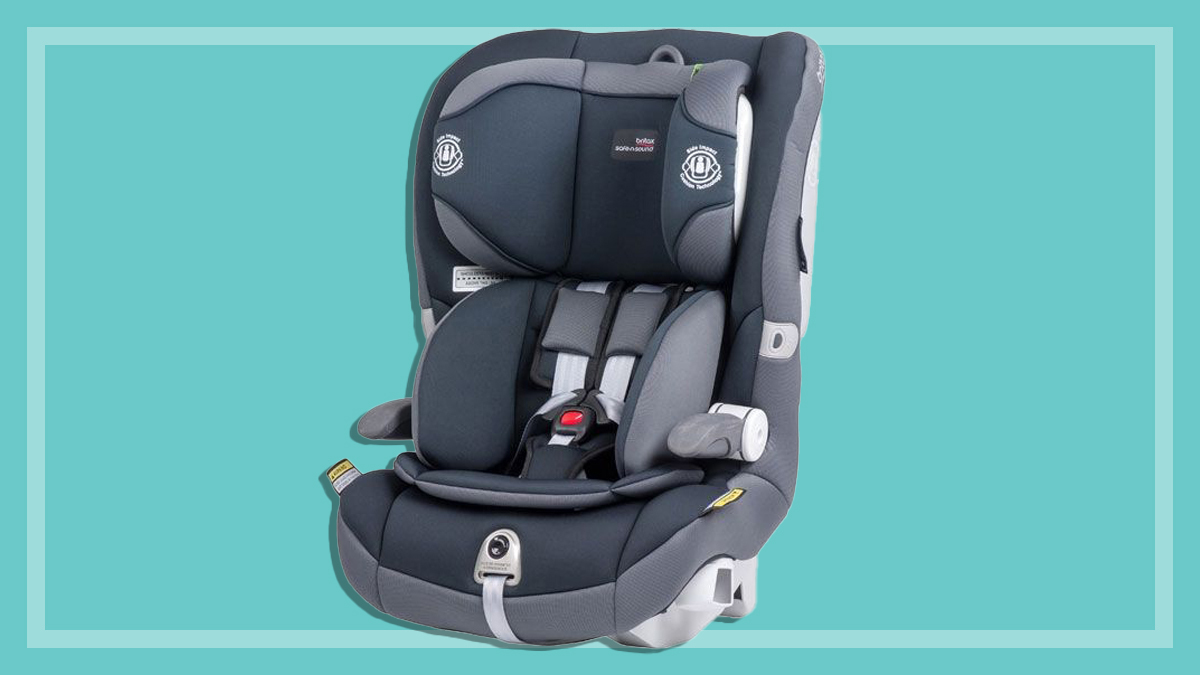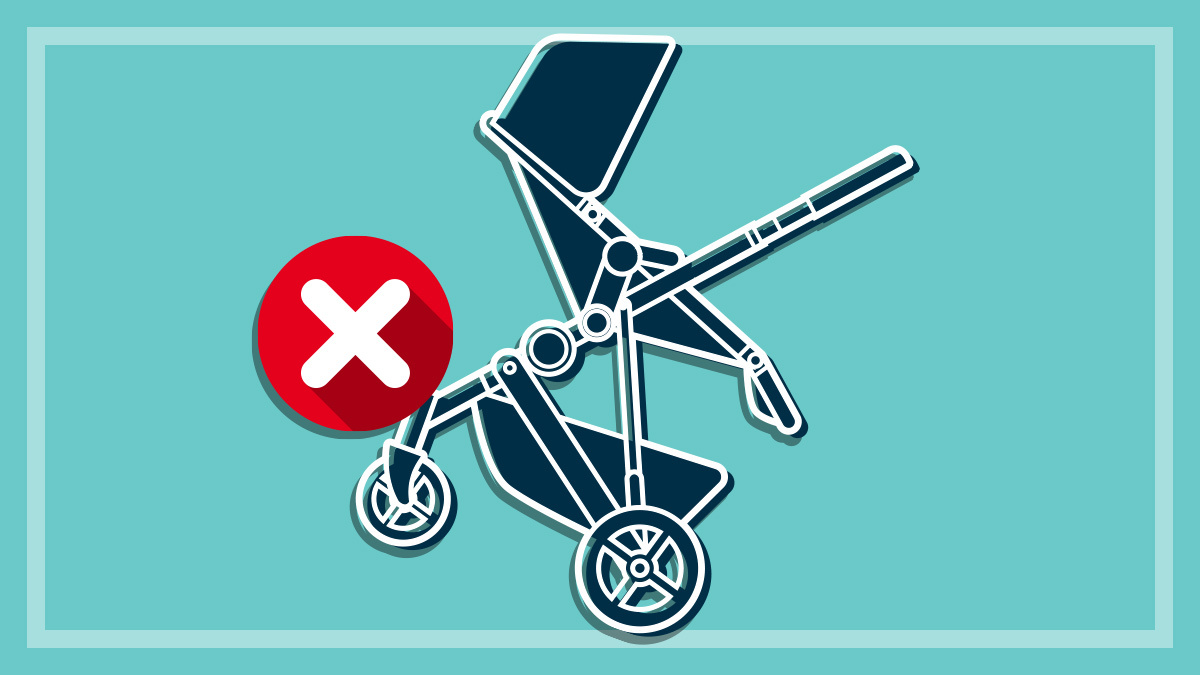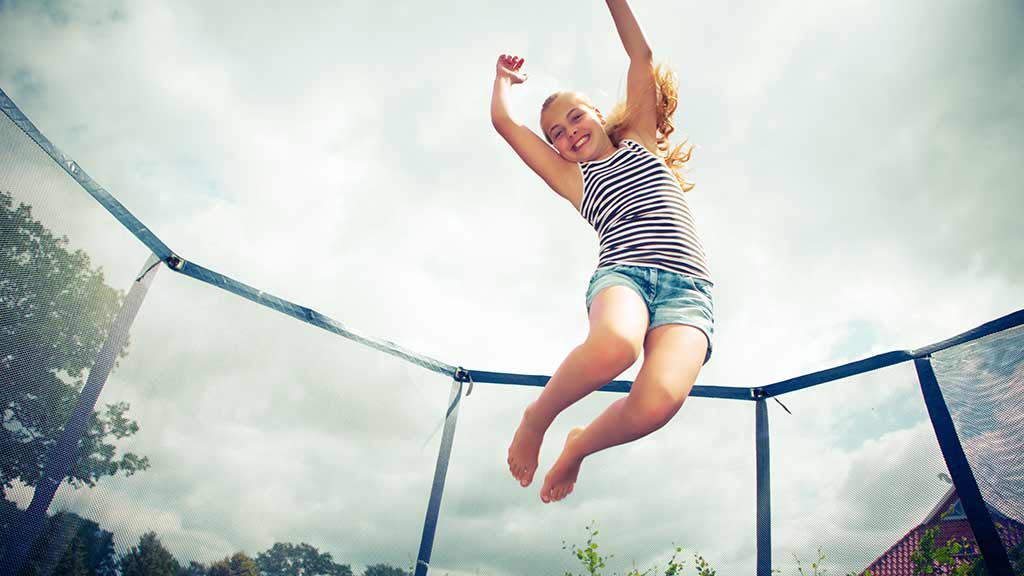Get our independent lab tests, expert reviews and honest advice.
How to buy the best school shoes
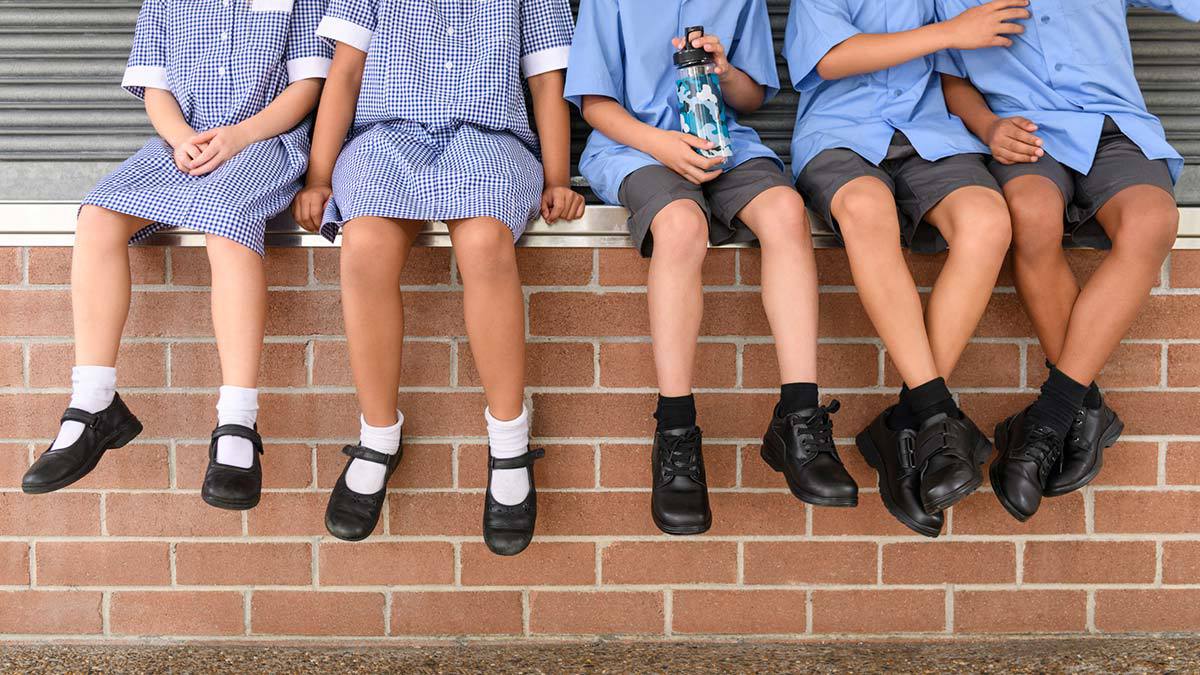
Researching which school shoes to buy can leave parents feeling like they’re failing at comprehension. Why are some so expensive? Are the cheaper ones OK? Buckles, Velcro or laces? And why-in-the-name-of-all-that’s-holy do my kids wear them out so quickly?
On this page:
- Why it's so important for school shoes to fit properly
- How to measure your child's feet at home
- What to look for in school shoes
- How to extend the life of school shoes
- What about trainers?
- Does price matter?
It’s an annual dilemma for parents of school-aged children (and sometimes a biannual dilemma if they have a growth spurt) – and it can be a costly decision to get wrong.
So how do you know which shoes to choose?
See inside a school shoe
Why it’s so important for school shoes to fit properly
The bones in young children’s feet don’t fuse together until puberty. This means their feet can lack muscle strength and be prone to hypermobility, which is why they need firm, supportive shoes to help protect them while they’re growing.
“A good school shoe provides a stable home for immature bones,” says Charlotte Bodell, a podiatrist and spokesperson for the Australian Podiatry Association.
A good school shoe provides a stable home for immature bones
Charlotte Bodell, podiatrist
“Without that support, children are in danger of developing flat feet, sore knees, shin splints and even back pain. A good shoe that fits properly is important.”
Bodell adds that good footwear alone isn’t enough. “It’s also important for children to carry out regular daily exercise to keep their feet and lower limbs strong and healthy,” she says.
Size check
Kids’ feet grow quickly and can change shape as well as size. Experts recommend doing a size check at these intervals:
- One to three months up to the age of three years.
- Every four months up to the age of five.
- Every six months until your child stops growing completely.
How to measure your child’s feet at home
Whether you’re minimising shopping trips because of COVID-19, or you can’t get to a shoe store, there are ways to measure your child’s feet at home so you know which size to choose.
Clarks sells an at-home foot gauge, which you can use to measure the length and width of your child’s feet, and to calculate the right shoe size.
Williams offers an online measure and fit service called Strutfit. This guides you through the process of taking pictures of your child’s feet to be uploaded and analysed. It will then recommend a size.
DIY foot measurements
Alternatively, you can follow this general step-by-step guide to measuring your child’s foot, then use those measurements to find the right size shoe for whichever brand you’re interested in. (Most stores will have a size guide on their website.)
How to measure your child’s feet at home
- Ask your child to stand with their heels against a wall on a piece of paper. (They should be wearing socks, unless the style of shoe is made to be worn with bare feet.)
- Trace the outline of their foot – do this for both feet.
- Use a measuring tape or ruler to measure from the base of the heel to the top of the longest toe.
- Measure the width of your child’s thumb and add this to the number. This is your child’s foot length.
- Measure the widest part of the foot – from the joint of the big toe to the joint of the fifth toe. This is your child’s foot width. (Note: Not all stores offer multiple width options.)
- Use this measurement to find the right size shoe. If one foot is bigger than the other, use the larger measurement.
What to look for in school shoes
“The best kind of school shoes should be supportive, durable and comfortable, with a good gripping sole,” says Bodell.
Here’s what you should look for:
- Flexibility in the front. Pick up the shoe and try to bend it by pushing the toe upwards. A good shoe will bend at the ball of the foot but no further. This helps your child ‘push off’ with their toes while keeping the back half of their foot stable and secure.
- Avoid too much flexibility. Shoes that bend all over or are easily twisted don’t give enough support.
- A good school shoe will have a low heel to keep your child’s foot in a neutral position. An entirely flat shoe can cause your child’s toes to ‘claw’ when walking.
- Not too heavy. Heavy shoes can cause muscle pain and foot aches, especially in little people.
- Plenty of toe room. Check that your child can wiggle their toes and that the ‘toe box’ (the empty space at the end of the shoe) is deep.
- Leather uppers tend to last longer than synthetic ones and let your child’s feet breathe (although shoes or trainers with synthetic ‘mesh’ uppers can be very breathable too).
- The sock liner or insole should be soft, comfortable and made of an absorbent fabric to reduce sweating. You should be able to remove it easily, in case you need to replace it with an orthotic.
- Shoe laces, buckles and Velcro are all equally good, but avoid slip-on shoes that can’t be adjusted.
When is it time for new shoes?
- When toes are touching the end it’s time to size up.
- When the tread on the bottom of the shoe has worn away, as they can be too slippery.
- Lots of wear on the side or scuff marks may mean the shoe is too tight.
- When there are holes in the toes, or the heels are worn down badly.
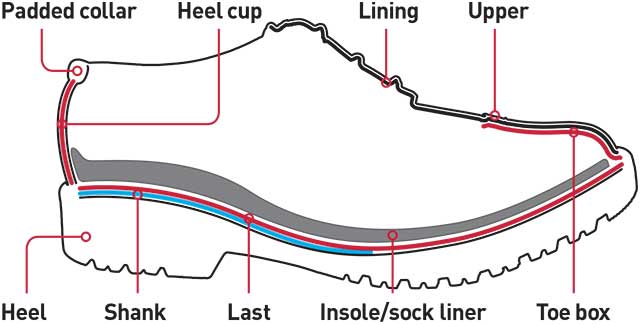
How to extend the life of school shoes
A bit of regular maintenance can help prolong the life of school shoes.
Keep them clean
Use a soft damp cloth to remove any dirt or mud. If the shoes have removable inner soles, check them regularly, as sand or dirt can easily get trapped.
Use polish
Shoe polish can help reduce scuffs, as well as add shine and protection to leather footwear.
Keep them dry
Stuff wet shoes with newspaper to help draw out moisture while retaining the shoe’s shape. Don’t put leather shoes in front of a heater, as this can over-dry the shoes and crack the leather.
Repair
Try to fix shoes at the first sign of wear. A cobbler can repair soles or replace a sock liner. If laces are frayed, replace them before they snap. (Also, repairing shoes is usually cheaper than buying new ones and saves on landfill.)
Store them correctly
Instead of piling them on top of each other, which can cause damage, try to get your kids into the habit of putting shoes on a rack or in a box.
From the archives: CHOICE tests school shoes in 1962
What about trainers?
Trainers (runners) are an excellent option for school children if the uniform policy allows them. As long as the trainer isn’t designed to be a super-flexible shoe (such as Nike Free), then a quality training or sports shoe has the advantage of being very supportive and light, as well as holding the foot stable.
Bodell says the only downside is that many trainers have a mesh upper, which can wear out quicker than a leather upper, yet often cost just as much. But she says more running shoes are being made for school children with a black leather upper, which will wear much better.
Does price matter?
Shoes are made differently and with different materials, depending on their cost, according to Kate McArthur, director of City Feet Clinic and a podiatrist with a background in shoe analysis and fitting.
So what does the extra money buy you?
- Higher quality shoes tend to be stitched instead of glued.
- Cheaper shoes often have cardboard for the ‘last’ – the piece that runs through the sole of the shoe to help hold its shape. More expensive shoes may use a harder-wearing polyurethane material.
- Better made shoes will also have well-padded lining made from breathable fabrics and use fewer synthetics.
- The soles of some shoes may be ‘blown out’, which means there are air pockets inside the sole. Blown-out soles can add cushioning and create a lighter shoe, but they can also make the soles wear out and sink more easily.
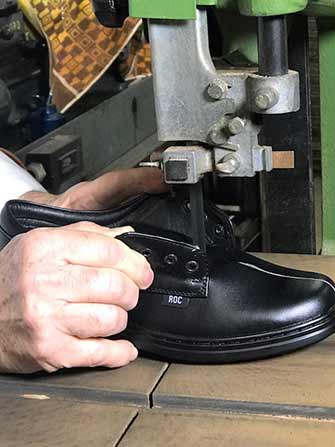
In 2018, we decided to get a closer look at what you get for your money.
We bought five pairs of classic black lace-up school shoes, at a wide range of prices:
- Grosby leather lace-up boys’ shoes (2018 model, now discontinued)
- Target Eton Grad lace-up school shoes (2018 model, 2022 RRP $35)
- Lynx Arrow (2018 model, now discontinued)
- ROC Larrikin (2018 model, 2022 RRP $149.95)
- Clarks Daytona Senior (2018 model, 2022 RRP $149.95).
We then cut each shoe from toe to heel and asked podiatry experts McArthur and Bodell to assess them and analyse the differences.
Although the shoes we chose are no longer the latest models available in stores (and one pair has been discontinued), the results are a useful guide of what to look for in a school shoe.
What the experts found
Both our experts called the Clarks shoes the ‘gold standard’ and agreed they were the best of the bunch, being very good quality and coming in a range of widths and lengths.
But they also commented on the high price. This is something to consider if your child’s feet are growing quickly and you may need to go up a size before the shoe wears out.
Price is something to consider if your child’s feet are growing quickly and you may need to go up a size before the shoe wears out
Bodell thought the Lynx shoes were a good product for a good price, but rated both the Target and Grosby shoes as poor (they were also the cheapest).
McArthur also rated the Grosby shoes as poor, but said the Target shoes could be an option if your child’s feet are going through a growth spurt, leaving little time for serious wear and tear.
“They aren’t great, but they’d be OK if your child is only wearing them for a few months as a budget option,” she says.
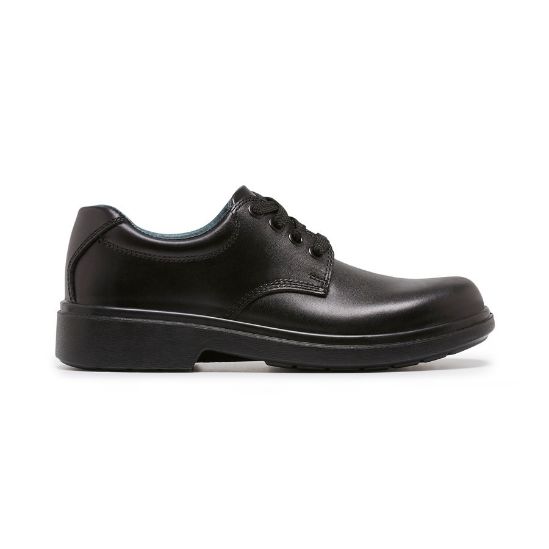
Clarks – Daytona Senior
(2018 model, 2022 RRP $149.95)
Good points
- Supportive, padded heel cup
- Deep, roomy toe box
- Firm toe cap
- Suede lining to reduce sweating
- Sturdy last
- Steel shank from heel to midfoot to prevent bending
- Solid sole
- Good heel height.
Bad points
- Expensive – particularly if you need to buy multiple pairs each year
- Tread may wear down more easily than on other shoes because it doesn’t run very deeply on the sole.
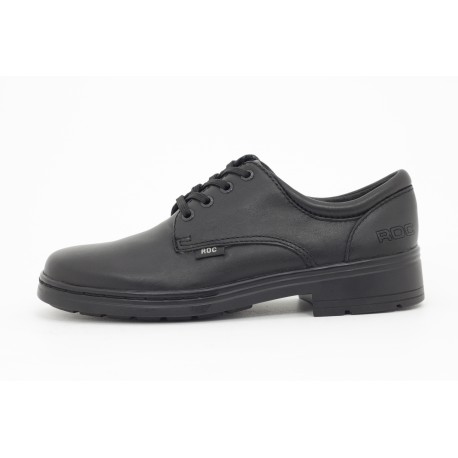
ROC – Larrikin
(2018 model, 2022 RRP $149.95)
Good points
- Steel shank from heel to midfoot
- Sturdy last
- Good heel height
- Fairly lightweight.
Bad points
- Heel cup isn’t very sturdy
- Synthetic sock liner
- Soles are blown out.
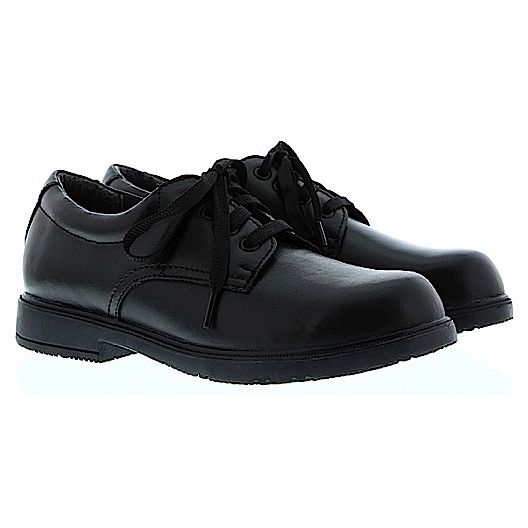
Lynx – Arrow
(2018 model, now discontinued)
Good points
- Firm, sturdy heel cup
- Steel shank from heel to midfoot
- Deep toe box
- Removable sock liner
- Good heel height.
Bad points
- Cardboard last
- Soles are blown out
- Synthetic sock liner.
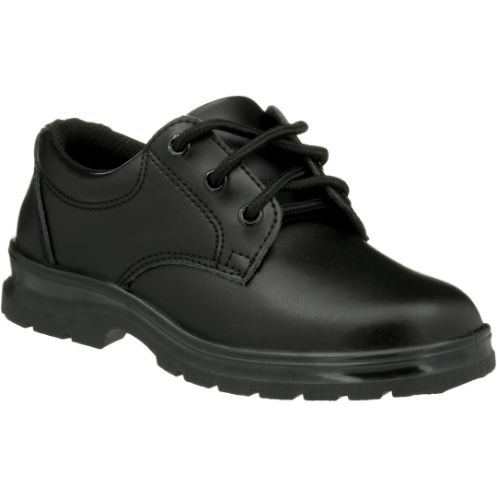
Grosby – leather lace-up boys’ shoes
(2018 model, now discontinued)
Good points
- Deep tread on the soles.
Bad points
- No steel shank
- Cardboard last
- Quite heavy
- Synthetic sock liner
- Flimsy heel cup
- Soles are blown out and too soft
- Top of shoe is quite wide, so not suitable for narrow feet.
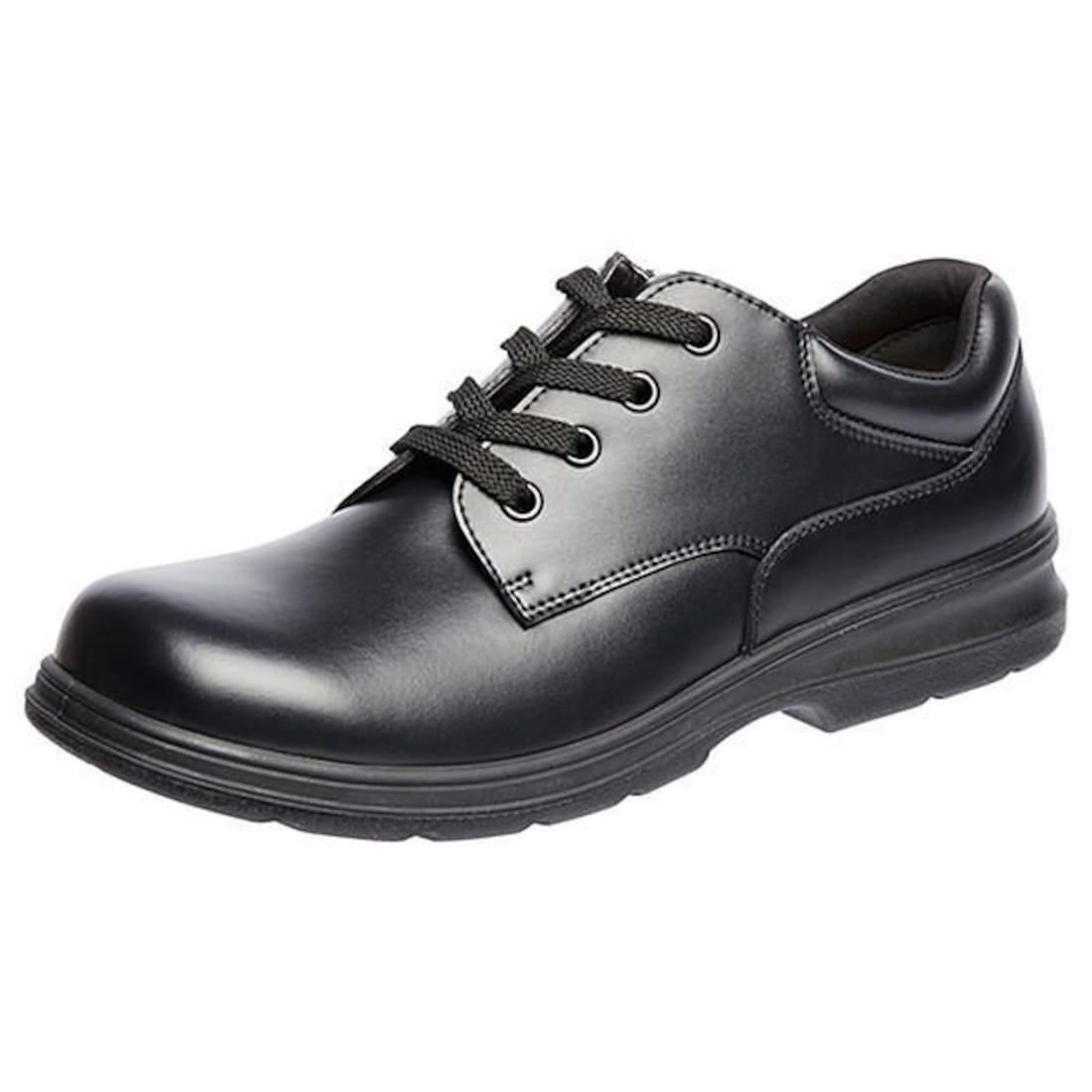
Target – Eton Grad lace-up school shoes
(2018 model, 2022 RRP $35)
Good points
- Lighter than other brands.
- Good heel height.
Bad points
- Too flexible and soft
- Soles are blown out
- No steel shank
- Cardboard last
- Synthetic sock liner.
Shoe clues – spotting problems with your child’s feet
A school shoe can indicate if your child is having problems with their gait or if they need to be assessed by a podiatrist. Here are some things to watch out for:
- If the shoe is worn down unevenly, this could mean your child has a mechanical imbalance in their foot and may need orthotics.
- If your child’s big toe is coming through the top of the shoe, they could be hyper-extending their toes owing to a lack of arch support.



